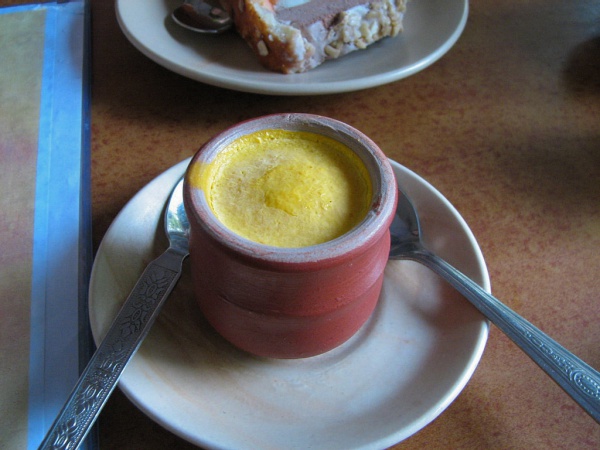Facts About Kulfi
Kulfi, sometimes spelled as Quulfi, is a delightful frozen dairy dessert that traces its roots back to the Indian subcontinent in the 16th century. Often referred to as "traditional Indian ice cream" kulfi has won hearts in countries such as India, Sri Lanka, Pakistan, Bangladesh, Nepal, Burma, and even parts of the Middle East. It's also a popular item on the menu in many Indian restaurants worldwide.
While kulfi bears a resemblance to ice cream, it is distinctly denser and creamier. Traditional flavors include cream (malai), rose, mango, cardamom (elaichi), saffron (kesar or zafran), and pistachio. Modern variations now feature flavors like apple, orange, strawberry, peanut, and even avocado. Unlike ice cream, kulfi isn't whipped, resulting in a solid and dense treat, more akin to a custard-based ice cream. Thanks to its density, it melts more slowly than Western ice cream.
The name "kulfi" is derived from the Persian word "qufli" which means "covered cup." It likely originated during the Mughal Empire, where a rich mixture of thickened milk, pistachios, and saffron was frozen in metal cones immersed in ice. To make kulfi, sweetened and flavored milk is slow-cooked until it thickens and reduces by half, then frozen in sealed molds embedded in ice mixed with salt to expedite the freezing process.
Another method of preparation involves boiling milk and adding ingredients such as bread crumbs, mawa (dried whole milk), and sugar before freezing it in molds. Kulfi is often garnished with cardamom, saffron, or pistachio nuts and sometimes served with falooda, a type of starch-based vermicelli. In India, street vendors known as kulfiwalas sell kulfi, keeping it chilled in large earthenware pots filled with ice and salt.
Kulfi is especially popular in India, where it is widely available, particularly at tourist spots like Mumbai's Gateway of India and the Elephanta Caves. This beloved dessert, with its rich history and diverse range of flavors, continues to delight taste buds and cater to a variety of palates.

 Bangladesh
Bangladesh